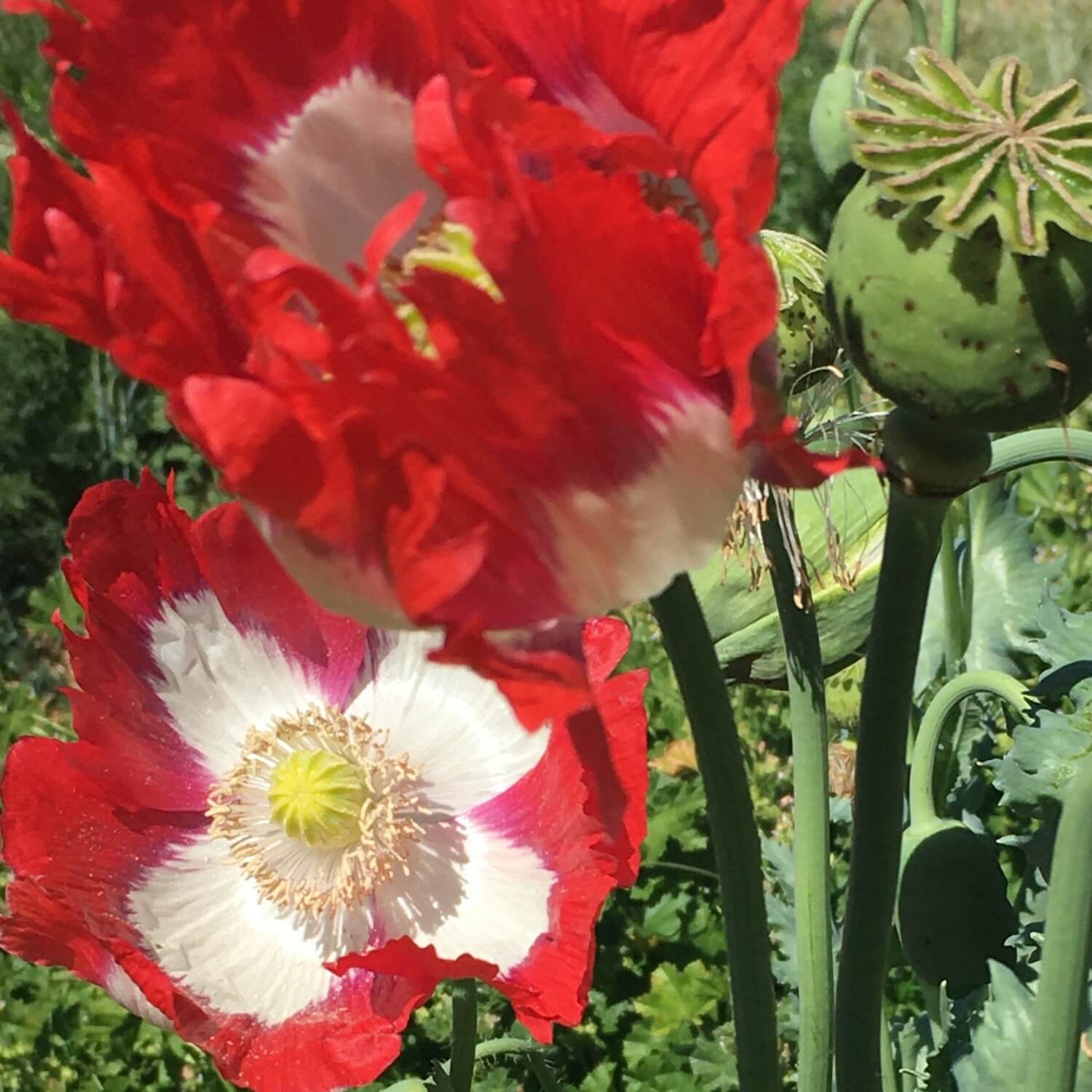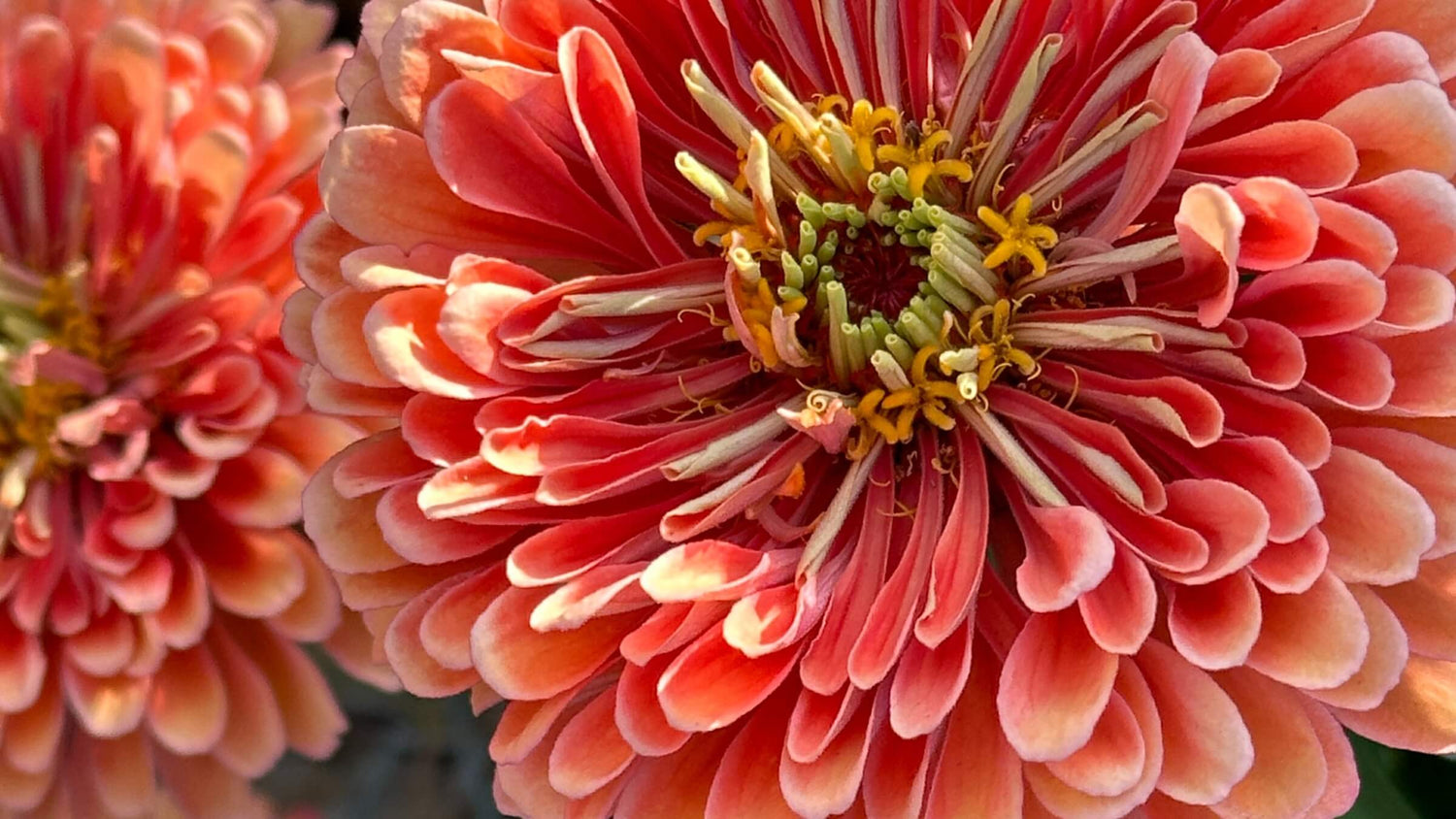As I sit finishing this blog post our cover crop decomposes in the fields and my baby daughter is tugging at my neckline which can only mean one thing:) Being farmer, mother and business woman always requires a willingness to multi-task! But we'll leave that for a different post. We're here to talk about cover cropping.
The act by legumes of 'fixing' nitrogen has always seemed like magic to me. Nitrogen makes up 78.1% of the air we breathe and is essential to plant life. How does this gas get converted into a usable plant food? Well, that is where chemistry and 'magic' come into play.
Organic farmers world wide know that planting legumes and then incorporating those plants into the soil will increase the amount of available nitrogen for the next crop. This practice is known as cover cropping or green manure. We planted bell beans this past season which are known to 'fix' 150 lbs of nitrogen per acre. Cover cropping also adds organic matter to the soil, loosens compacted soil and protects soil from winter rains.
So how does this work? The simple answer is that symbiotic bacteria, Rhizobia, are found within the nodules on the roots of legumes. These bacteria convert nitrogen from the air into usable nitrogen for the plants to live. When the plant is tilled into the soil, the nitrogen is release into the soil and increases soil fertility. Magic!
The complicated answer involves the nitrogen cycle and requires a more extensive knowledge of chemistry than I possess. Here is a good link to further your understanding. http://archive.bio.ed.ac.uk/jdeacon/microbes/nitrogen.htm
This is what we did:
This is our third year doing extensive cover cropping on all our fields for total of about 2 acres. The NRCS organic program, Natural Resource Conservation Service, has funded our project through a grant.
After our main season crops we mowed our fields. We had expected to plant the cover crop of bell beans as soon as winter rains came. But as many know, CA is in the middle of a severe drought and we didn't get any major rain until February. So just days before a big wet weather pattern moved in, Feb 4th, we scattered the bell bean seed on the soil surface and then disced it in with a tractor. Germination was fast. We seeded at a rate of 150 lbs per acre.
The bell beans impressed us. They grew fast and had dense succulent foliage. In past years we have used Austrian winter peas and oats or rye grass. We have also used vetch in the past which is now a weed in many places. Out of all these, the bell beans have really been the best. In just two months they grew nearly thigh high.
I felt a touch of remorse as Cam mowed then disced in the beans. I will miss this brilliant green legume. I will miss it swaying in the wind. I will miss the feeling of lushness. For a brief moment in the spring it is as if we live in a wet climate! Now the fields are deep brown and summer is nipping at our heels! More seedy tales later; I am off to read 'The Big Red Barn'....again, and again, and again:)








